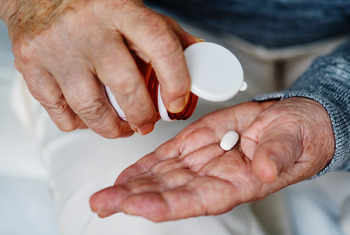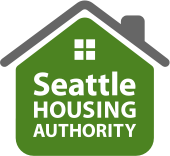
By Lisa Richter, Neighborcare Health
Does the cost of prescription drugs keep you from taking the medication you need? Not taking the medication your provider prescribes can be harmful to your health, and can end up being more expensive if you get sicker because of not taking your medicine. Here are some ways to lower the cost of filling your prescriptions.
Make sure your insurance covers prescriptions
Having health insurance that includes prescriptions is the best way to lower prescription medication costs.
Insurance helps lower the cost of medicines because it asks people to pay part of the cost of their prescription rather than the full cost. Insured people pay part of the cost every time their prescription is filled, and their insurance pays the rest. Insurance may even cover the full cost of your prescriptions, depending on your plan.
If you do not have health insurance, Washington’s Apple Health/Medicaid program has made it possible for thousands of people to enroll in insurance. You and your family may be eligible, and can apply at any time. Neighborcare Health offers insurance assistance at each clinic. Call 206-548-5710 to make an appointment, or visit WashingtonHealthPlanfinder.org to find out what plans you may be eligible for.
Other ways to lower the cost of prescription medication
-
Become a patient at a community health center. Neighborcare Health and other community health centers in Seattle have pharmacy services on site. Community health center pharmacies get discounts on prescription medications to help their patients with lower income levels. Pharmacy services at community health centers are available only to patients, and cannot be accessed by non-patients.
-
Talk to your primary care provider. If cost could prevent you from filling a prescription, your provider may be able to help. Review the medications you are taking with your provider-- they may be able to switch you to a less expensive medication, or create a different treatment plan.
-
Compare prices. How much prescriptions cost can depend on where they are filled. Check your local pharmacy, supermarket and mail-order pharmacies to see where you get the best price. If you decide to switch pharmacies, make sure your insurance will cover prescriptions at the new pharmacy.
-
Sign up for a prescription discount card. A discount card can help you save money on all types of prescription medication. Discount cards are especially helpful if you do not have insurance, or if prescriptions are not covered by your insurance. At checkout, present the card at a participating pharmacy to get the discounted price on your prescription. Search online for the discount card that will work best for you.
-
Register for an assistance program. If you don’t have insurance, drug companies may be able to help you pay for your medications, especially expensive, name-brand drugs, through an assistance program. Visit RxAssist or NeedyMeds to find an assistance program for the medication you need.
- Fill a 90-day supply. Mail order and some retail pharmacies can offer you lower prices for buying larger qualities. Ask your provider for a 90-day prescription to help you lower the cost of medications you take regularly.
This article was provided by Neighborcare Health, an SHA partner. Neighborcare Health is the largest provider of primary medical and dental services for low-income and uninsured families and individuals in Seattle. They serve more than 75.000 patients each year at nearly 30 medical, dental and school-based clinics. Find a clinic in your neighborhood. All are welcome at Neighborcare Health.
